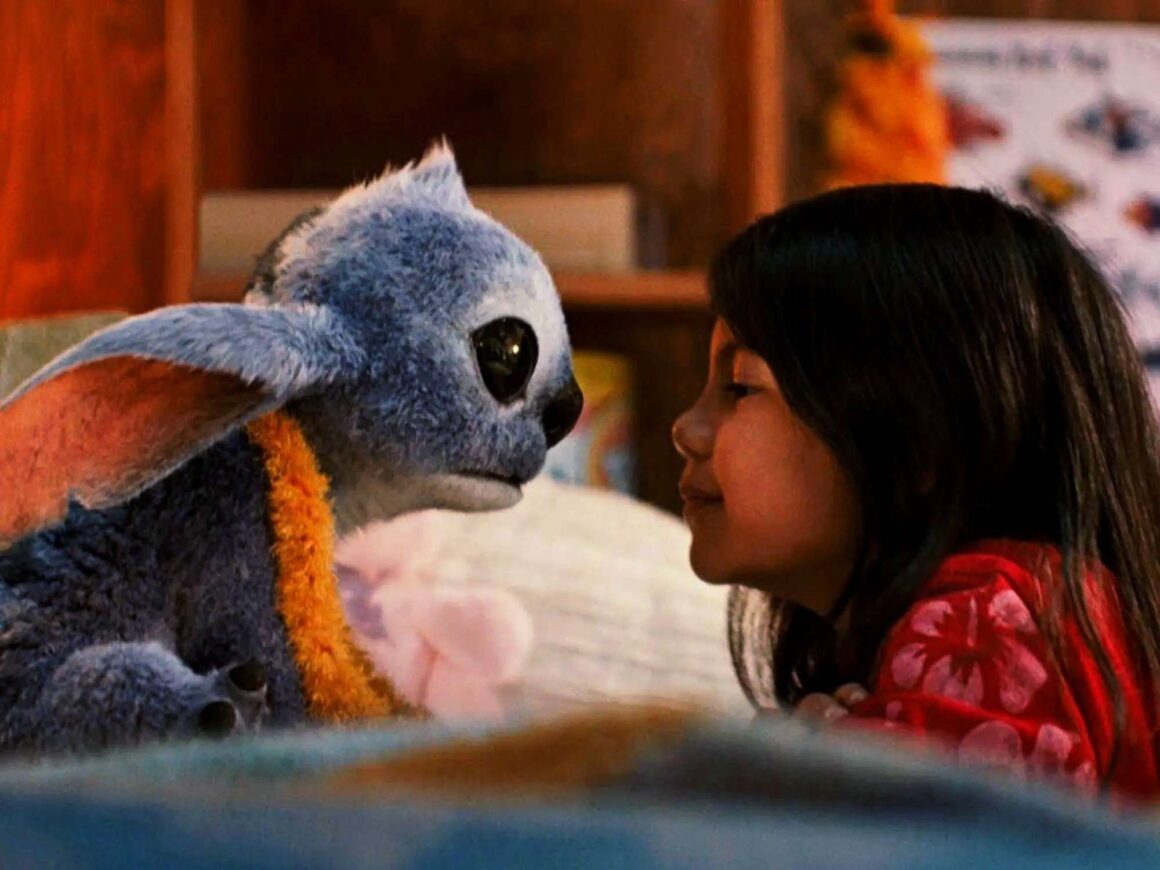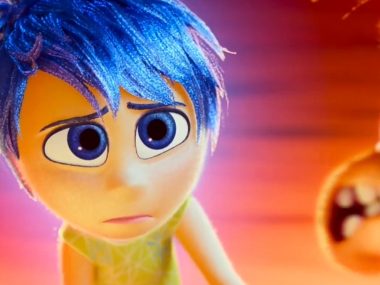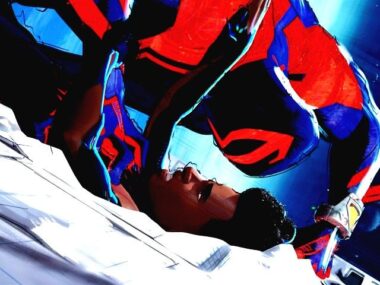For the past few years, some of the biggest films from Hollywood have been live-action adaptations of popular animated films. Some of these remakes have made tons of money like the 2025 remake of Lilo & Stitch (currently it’s grossed over $772 million globally). But plenty of fans criticize these films for being boring, and just not as good as the originals.
So why do studios keep making them? And what does this trend say about where movies are heading?
Nostalgia Works Even When the Remake Isn’t Great
At the most basic level, live-action remakes are safe bets. They’re built on stories that have already proven themselves with audiences, so it’s easier to generate hype around them. Even if the plotlines of the remake are different from the original, people will still go see it out of curiosity, nostalgia, or a desire to see what a “real” version looks like. The film doesn’t have to be perfect, just familiar enough to draw a crowd.
Live Action vs. Animation
There’s a weird double standard in Hollywood. Even though animation is a creative and powerful way to tell stories, some people still see it as inferior and “just for kids.” On the other hand, live-action movies are treated as more serious or “grown-up.”
By remaking animated movies in live action, studios seem to be reinforcing the perception that live-action is more prestigious and palatable for adults. But this attitude can hurt animation’s reputation, even though it’s a unique and expressive art form.
What’s Lost in Translation?
Animation lets filmmakers create anything they can imagine. A single pencil stroke or mouse click can create entire worlds, exaggerate emotion, and bring animals, magic, and myth to life in ways that feel fully believable.

Live-action remakes are limited by what looks plausible, no matter how advanced the CGI is. This often results in visuals that are technically impressive but emotionally flat, losing the charm and heart of the original.
Take the 2019 remake of The Lion King, which used CGI to create photorealistic animals. The remake’s cast looked similar to real life lions, meerkats, warthogs and hyenas but fans complained their faces were emotionless.
Intense scenes like Scar and Simba’s confrontation lacked the emotional weight in comparison to the original 1994 film’s expressive animation.
Can’t Please Everyone
Then there’s the impossible balancing act these remakes must perform. Stick too closely to the original, and the film gets accused of being a soulless carbon copy. Stray too far, and fans cry foul over changes to their childhood favorites. And in the age of social media, those complaints can affect a studio’s bottom line.
Audiences expect these remakes to honor the spirit of the original while offering something new and most fail to walk that tightrope. The result is a wave of divisive reactions: high ticket sales, low audience satisfaction, and a lingering sense that Hollywood is stuck in a loop.
How Does This Affect Animation?
Perhaps the most worrying part of this trend is what it means for the animation industry.
As studios put more money into live-action remakes, they spend less on original animated movies, especially ones that utilize traditional, hand-drawn 2D animation. This means fewer jobs for animators and less creativity in the industry. Even CGI animation is affected, as studios focus on making realistic-looking remakes instead of trying new ideas.
Is This Trend Here to Stay?
At its best, the live-action remake trend represents an evolution in how stories are told. They’re an opportunity to reimagine classics for a new generation using cutting-edge technology and fresh perspectives.
But too often, these films feel more like an example of creative burnout. The same stories, retold with shinier tools, in search of the same profits. The more remakes there are, the more audiences get tired of them.
The mixed box office results reflect this tension. Disney’s remake of their 1937 classic Snow White (2025) got terrible reviews and made a little over $205 million globally against a $250 million budget. The “hit or miss” nature of these remakes may eventually push studios to reconsider just how safe this strategy really is. If this keeps up, studios might start investing in original stories and animation again.
As long as live-action remakes keep making money, they won’t disappear. But if diminishing returns become the norm, we might see a slow pivot back toward original ideas. Back toward animation that isn’t afraid to be animated. The hope is that Hollywood eventually learns what animation fans have known all along: that animation isn’t something to be remade into live action to be taken seriously. It already deserves to be taken seriously.
Until then, we’ll likely keep seeing a steady stream of remakes; some dazzling, some disappointing. All of them reveal more about Hollywood’s priorities than about the stories themselves.






